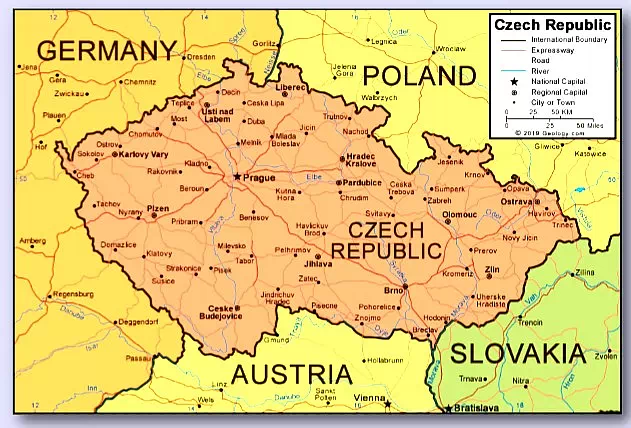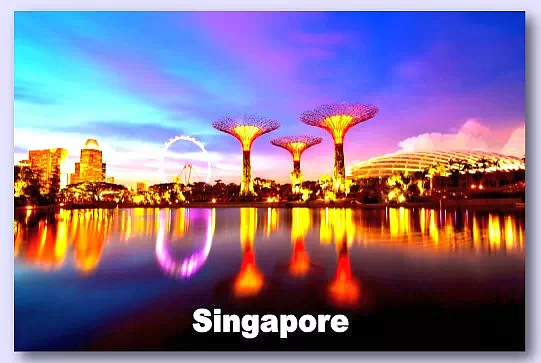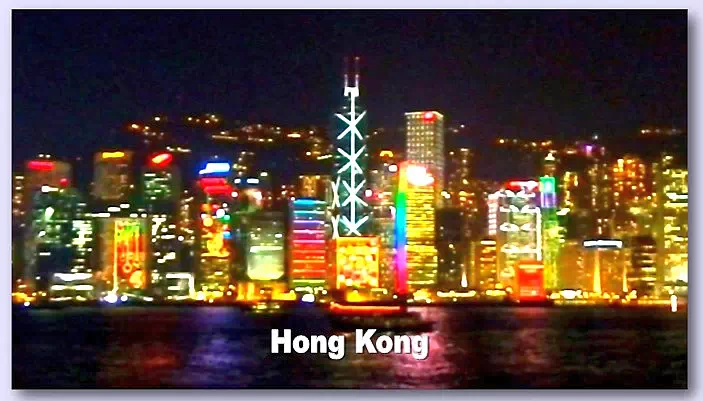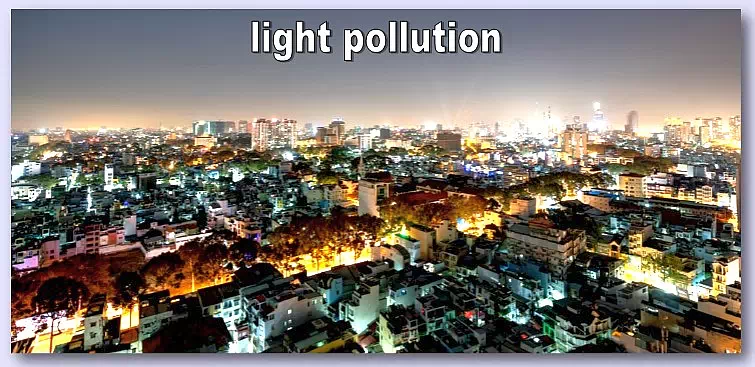The Czech Republic is the first country to implement the Act of Light Pollution in the world.

‘The Protection of the Atmosphere Act’, the law aimed to eliminate ‘Light Pollution’, was implemented for the first time in the world by the Czech Republic on June 01, 2002.
It addresses light and other kinds of air pollution.

In this law, light pollution directed above the level of horizon is clearly defined. The law obligates citizens and organizations to take measures using fully shielded light fixtures to prevent the occurrence of light pollution of the air.
A fine ranging from 500 to 150,000 Czech crowns is subject to be paid by the violators.
Though night lighting helps us to carry out numerous essential activities of commercial, industrial, logistics, and leisure, it proves to be adverse to the fauna and flora on the earth when it is lit up excessive.
The types of ‘Light Pollution’ defined by IDA (International Dark-Sky Association), a non-profit organization, are:
1. Glare:
- Excessive brightness that causes visual discomfort.
2. Sky Glow:
- Brightening of the night sky over inhabited areas.
3. Light Trespass:
- Light falling where it is not intended or needed.
4. Clutter:
- Bright, confusing and excessive groupings of light sources.

The major sources of light pollution are:
- Street lights,
- Illuminated sports venues,
- Advertising signs,
- Factories.
- Sky Scrapers, and so on.
Africa is the dimmest continent at nights in the world. The most ‘light polluted countries’ in the world are Singapore, Kuwait, Qatar, the United Arab Emirates and all other densely populated countries.


Hong Kong becomes the world’s brightest city in the world, especially the Buddhist Monk which reflects the most. It emits 1000 times more light than the average of international standards.
Effects of light pollution:
1. Health effects:
Our circadian cycle (biological clock) is badly affected by the excessive light at nights (even with the light that directly reflects from smart phones into our eyes).
The common health disorders observed are sleep disorders, depression, increasing risks of obesity, diabetes, breast cancer, etc.
When going from over-lit areas to dimmed ones, our eyes find it difficult to adapt to the new lighting condition and it damages eyes.
2. Disruption of ecosystem and wildlife:
The excessive artificial night-light has deadly effects on plants, creatures, birds, insects, and mammals disrupting the rhythm of their daily Earth’s cycle of light and darkness.
3. Waste of energy:
Unnecessary or Excessive indoor and outdoor lighting wastes our energy sources. Quality lighting design such as dimmers, fully-shielded fixtures, LEDs (Light-Emitting Diodes) and CFLs (Compact Fluorescent Lamps), and motion and time-sensor lighting systems, reduces energy use and dependency.
4. Waste of Money:
It is estimated that about 50% to 70% of costs can be reduced if proper (domestic or industrial or public) lighting system is adopted.
5. Social Issues:
Light pollution makes it difficult to observe night-sky especially for astronomers. Absence of starry nights would be a huge loss for our future generations.

All Blogs & Vlogs from mamlabs.net


